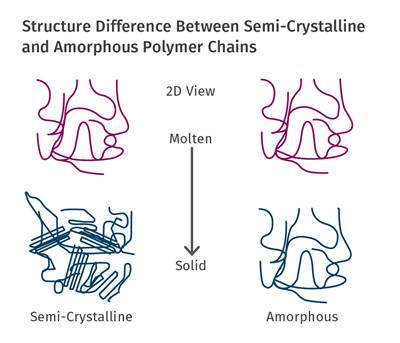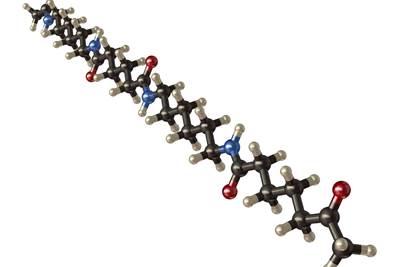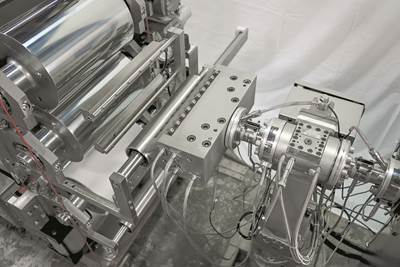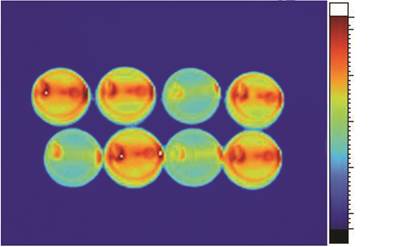processing tips
Injection Molding: Melting Amorphous vs. Semi-Crystalline Plastics
Understanding the differences in how each melts is crucial to obtaining melt uniformity.
Read MoreA Processor’s Most Important Job, Part 2: Crystallinity
Process conditions help determine the difference between the maximum degree of crystallinity that can be achieved in a polymer and the degree that is present in a molded part.
Read MoreAir-Ring Upgrade Pumps Up the Output
Film processor Dallas Plastics boosts throughput by as much as 40% by retrofitting a new air ring—without the need for IBC.
Read MoreWhy Drying Polyolefins Might Be Right for Your Process
From a technical standpoint, drying non-hygroscopic materials such as polyethylene and polypropylene may not be necessary. However, doing so may be advantageous to your process. Here are details.
Read MoreDetermining Vent Depths in Injection Molding
Experiments reveal the relationship between vent depths and part thickness, allowing molders and moldmakers to more precisely determine vent dimensions.
Read MoreA Processor’s Most Important Job, Part 1: Molecular Weight
Many processors don’t realize that preserving material characteristics is crucial to product success and failure. The focus here is on molecular weight.
Read MoreWhat You Can Learn From Pharma Compounders
Twin-screw extrusion has been a standard in plastics compounding for decades but has only recently been embraced by the pharmaceutical industry. Here’s what plastics compounders might learn from the ‘newbies’ to help make a better, more consistent product.
Read MoreExtrusion: How Hopper Crammers Can Help Feeding
A crammer can assist the flow of certain polymers into the extruder. But the design is not universal and very material dependent. Here’s what you need to know.
Read MoreInjection Molding: New Mold Trial—Will It Run 24/7?
Use this nine-step process to make sure you’ll be making good parts after a successful trial. But even then, be prepared for some hiccups.
Read MoreMaterials: Cycle Time—Science vs. Rules of Thumb, Part 6
This installment—on elastomers—completes a series, whose theme is to bring more science to the discipline of molding. The overall message: Ask a lot of questions whenever someone posits this or that ‘rule of thumb’ about processing.
Read More


















